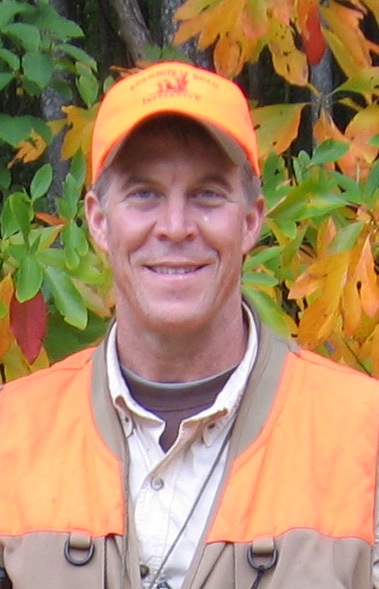Almost every quail hunter already realizes the biggest problem with bobwhites – clean farming practices. Modern, weed-free, fencerow-to-fencerow, high-intensity production leaves little habitat for most grassland birds. Certainly, agriculture is not the only force that has changed the landscape in ways inhospitable to quail, but it probably has the largest impact.
Consider: across the core bobwhite range there are roughly 210 million acres of cropland, 120 million acres of pasture/hay, and 35 million acres of plantation pine. Decades ago, this 365 million acres of production land was inherently suitable for bobwhites. No longer.
Cultivated cropland now is so free of weeds and idle areas as to no longer accommodate quail. Pasture and hay land has been so “improved” with aggressive, exotic forage grasses that they have no practical value to quail. Dense, unburned pine plantations offer little at ground level but a thick layer of needles.


